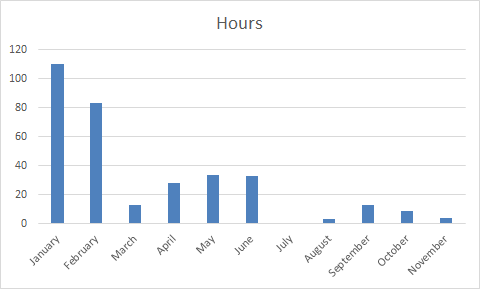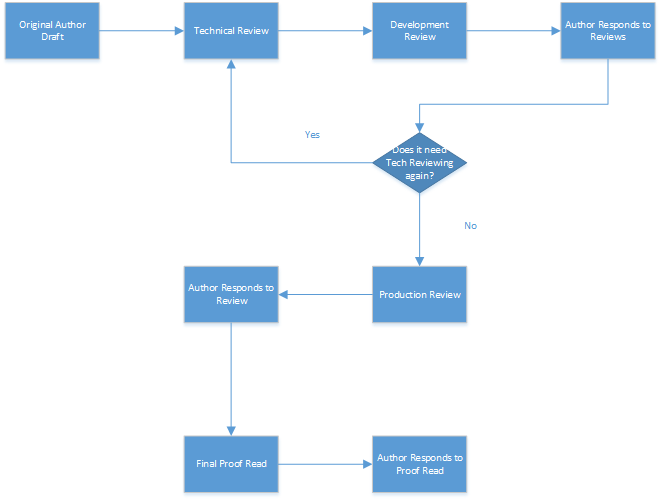PowerCLI Book 2nd Edition is Now Available!
…..well in Kindle format anyway :-) The paperback version will be available on 11th January in the US and 12th January in the UK and according to the publisher, apparently in book shops from the 19th January. Seriously, if you actually see one in a book shop then please send me a photo, since I’ve not seen that happen outside of a VMworld.
With my fellow authors, Luc Dekens, Glenn Sizemore, Brian Graf, Andrew Sullivan and Matt Boren, we spent the best part of 2015 putting this book together. The 1st edition was written in 2010 and published in 2011; since then the VMware virtualisation landscape has changed significantly from pretty much VMware vSphere infrastructure and P2V projects and maybe some desktop work with VMware View to a wide variety of Management, Desktop, Application, Infrastructure and Cloud products.
Given this expansion of products and the fact the we all buy tech books ourselves and want value for money from them, we didn’t want to just ship an updated version to cover what was in the 1st Edition and make sure it worked with the latest versions of vSphere, PowerCLI and PowerShell. So as well as updating every chapter to make sure it worked with vSphere 6, PowerCLI 6 and PowerShell 4, and adding or replacing content and code to make sure it was still relevant (for instance the Distributed Switch is now covered out of the box, previously we contributed our own functions), we had the foolish excellent idea to add a number of additional chapters covering things such as:
- vCloud Director
- vCloud Air
- vRealize Orchestrator
- Site Recovery Manager
- PowerActions
- and an introduction to DevOps topics
Additionally the original Storage and Network chapter was split into two and content on new technologies VSAN and NSX added appropriately. To be honest each of VSAN and NSX could probably have their own chapters…maybe next time ;-)
This took the page count to 984, around almost 200 pages more than the 1st edition, which is almost the size on its own of some tech books. Unfortunately, this partly led to the book taking longer than it should have to complete and there were still areas that we would have liked to include, but had to make some tough decisions not to or it would never have seen the light of day. As a wise man often says….

While there is some introductory content in some of the chapters, this is not a book that typically runs you through how to use each of the PowerCLI cmdlets in their relevant areas, rather this is a book that goes beyond what ships out of the box and into areas where you will need to do some of the hard work yourself. We had some negative feedback that the 1st edition was not better in introductory areas and may well do so again this time; there are other great PowerCLI books out there now which will do a better job for beginners. So imagine the front cover has Deepdive stamped across it and that will give you a better feel for what to expect.
Personally I feel I made a way better contribution to this book than the previous one for various reasons:
- I was involved from the beginning, rather than parachuting in halfway through to try and get the book out of the door.
- Consequently I was able to think about and plan for the content of the chapters I was responsible for, rather than just trying to make the deadline for each chapter.
- Being used to the publisher’s Word template and what was required in them. There are so many rules about fonts, spacing and expectations around how the chapter needs to be laid out, that you seem to be just expected to know and first time round caused a lot of pain and time wasted.
- A supportive employer, Xtravirt, who were interested in what I was doing, rather than one who previously was not.
- A big thank you to our Technical Editor, Matt Boren, who left no stone unturned in making sure my code was not only accurate, but also some outstanding suggestions to help me improve. Some of which I have taken forward for everything PowerShell based that I write now. In fact he liked the experience so much, he even got roped into contributing some of the book content himself.
- I actually had a reasonable idea about the technologies involved……;-)
Last time round I guessed how much time I spent on my contribution. Being curious, I decided to track it this time. It’s also something I get asked about now and again by people considering writing a tech book, so now I can refer them to some data ;-)
Originally I was going to track the data by week, but since it went on so long it ended up being by month. I’m not sure if writing a book with code samples requires more or less effort than a tech book without them. On the one hand you almost have to produce double the content; explanatory written text and create code to make stuff happen. On the other hand at least the code uses up some pages when printed in the book :-)

In total I spent 330.5 hours (that extra 0.5 was crucial) of my own time on the effort for this book between Jan and Nov 2015, and remember there were 5 other authors. So if you are thinking about getting involved in a project like this then consider carefully whether you are able to commit to the level of time you may have to give up for it. I’m not sure how representative this is for authors of other tech books, but I never talked to one who didn’t say something like “you have no idea how much effort it takes”. Similar to last time, I pretty much worked on it most evenings Mon - Thu and stayed away from it over the weekend so that it did not impact my family life too much. (Although my children are now 5 years older and consequently don’t go to bed so early - which meant starting later and finishing too late regularly) It did mean I didn’t see my friends much during weekday evenings, which is when I tend to catch up with them, for about 6 months, but something has to give. I think my blog and podcast content suffered a fair bit too.
You’ll see that most of the original effort was in the early months either producing content for new chapters, or updating content for existing ones. I was actually originally expecting to be pretty much done by April, but for various reasons I took on a bit more than originally planned and April - June was spent producing more content and some early feedback reviews. August - November was pretty much taken up with reviews.
Reviews are something which I think vary from publisher to publisher, but for Wiley it pretty much follows this:

If you can recognise your original text after it has been through all that process, then well done :-)
So at least three responses required per chapter, multiply that by the number of chapters you commit to and then try finding time to write new chapters and respond to reviews both on similar deadlines. Pro tip: get your new content out of the way early on so you can do the reviews in peace - see Jan / Feb in the chart ;-)
With all that effort though, it is a personally (not financially) rewarding experience. I think both times I’ve said “Never again!” too many times, but I suspect it may happen one day. I’m confident that if it’s something you are interested in and you buy a copy that you will find it useful. I genuinely would happily buy a copy with my own money for the content I have seen the other guys produce for it.
Final comment: Writing in a foreign language also brings some difficulties. Having your own English ‘corrected’ to the US version requires a fair amount of patience. Not necessarily spelling differences, but phrases that are commonly understood this side of the Atlantic, but not the other. I’ll just leave this here……
https://twitter.com/queen_uk/status/207376116447584256
Update 03/02/2016: Due to some issues mentioned in the comments around downloading the sample files, I have attached (most of) them here: